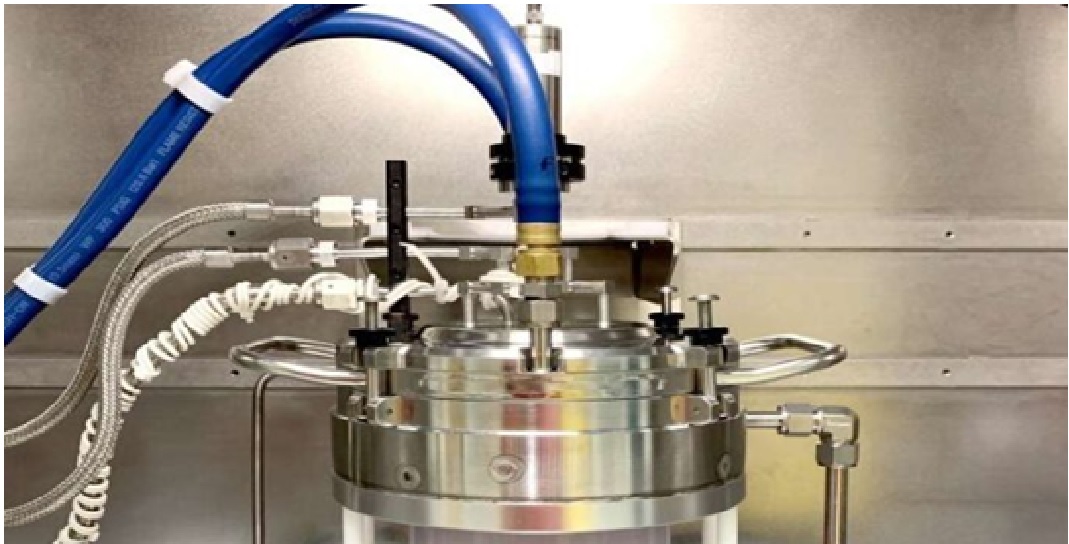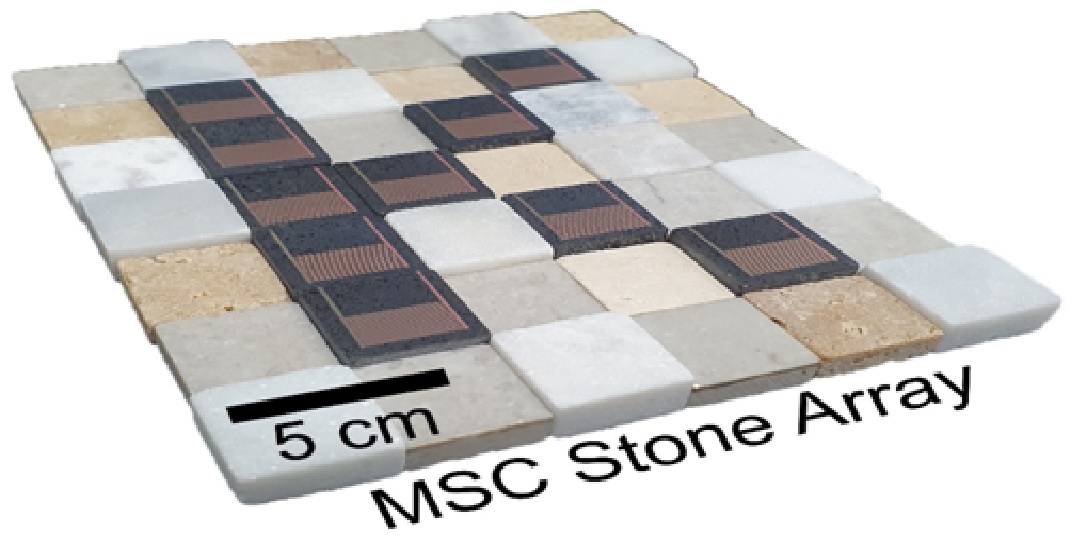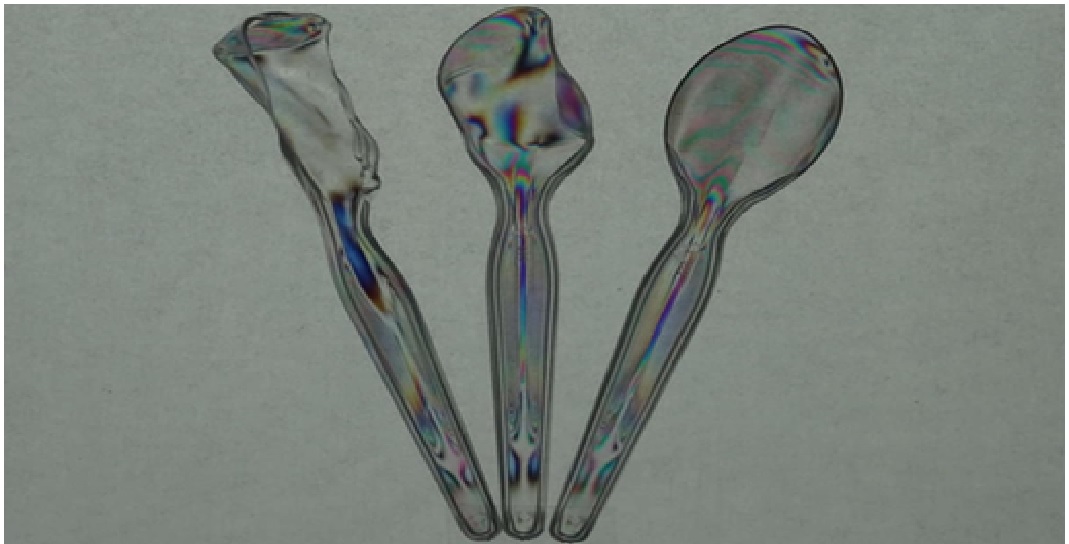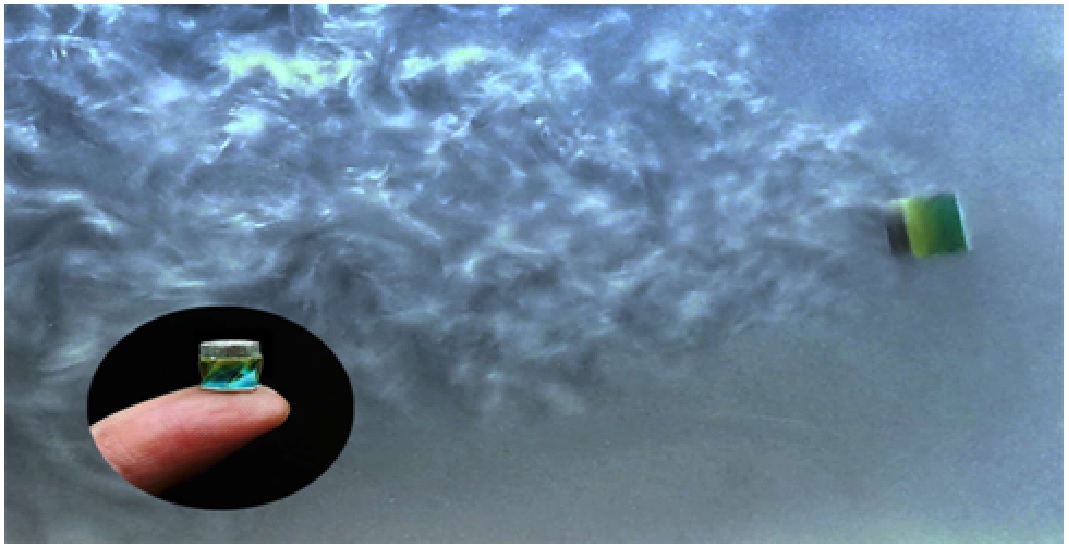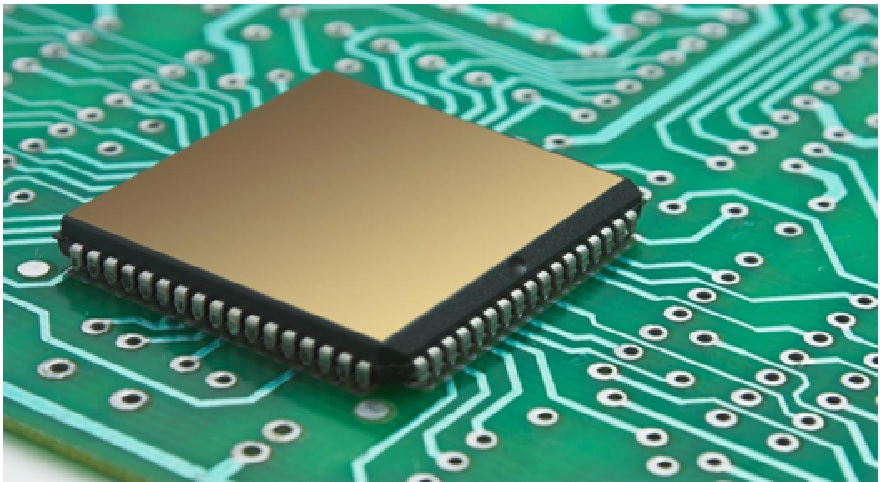New Eco-Friendly Prototype Device Can Replace Existing Air Conditioner
Scientistsat Harvard University and his team report a prototype device that could replace existing “A/Cs” in the future. It uses solid refrigerants to efficiently cool a space and is much more environmentally friendly.

Figure 1. A prototype device that could replace existing “A/Cs” in the future.
Figure 1 shows thatgreenhouse gases, the refrigerants used in these systems are thousands of times more potent than carbon dioxide. They can accidentally leak out of systems when they are being handled or disposed of.
Refrigerants in conventional cooling systems, such as those in air conditioners, function by cycling between the states of being a gas and a liquid. When a liquid turns into a gas, it expands and absorbs heat, cooling a room or a refrigerator’s interior. [1]
The gas is forced back into a liquid by a compressor that operates between 70 and 150 pounds per square inch (psi), which releases heat. This heat is directed outside the home, in the case of air conditioners. This heat is sent outside the house when an air conditioner is used.
An ideal solution could be solid refrigerants. Unlike gases, solids won’t leak into the environment from A/C units. One class of solid refrigerants, called barocaloric materials, work similarly to traditional gas-liquid cooling systems. They use pressure changes to go through heat cycles, but in this case, the pressure drives a solid-to-solid phase change. That means the material remains a solid, but the internal molecular structure changes.An ideal solution could be solid refrigerants. Unlike gases, solids won’t leak into the environment from A/C units. One class of solid refrigerants, called barocaloric materials, work similarly to traditional gas-liquid cooling systems. They use pressure changes to go through heat cycles, but in this case, the pressure drives a solid-to-solid phase change. That means the material remains a solid, but the internal molecular structure changes.
The key structural aspect of these barocaloric solid materials is that they contain long, flexible molecular chains that are typically floppy and disordered. But under pressure, the chains become more ordered and rigid — a change that releases heat. The process of going from an ordered to a relaxed structure is like melting wax, but without it becoming a liquid, says Jarad Mason [2]
The team has now built a first-of-its-kind prototype that demonstrates the use of these new materials in a practical cooling system. The device has three main parts. One is a metal tube packed with the solid refrigerant and an inert liquid -- water or an oil. Another piece of the device is a hydraulic piston that applies pressure to the liquid. Finally, the liquid helps transfer that pressure to the refrigerant and helps carry heat through the system.
After solving several engineering challenges, the team has shown that the barocaloric materials work as functional refrigerants, turning pressure changes into full temperature-changing cycles.With the device now in hand, the team plans to test a variety of barocaloric materials. [3]
References:
- https://reporterwings.com/news/tech/scientists-develop-a-more-environmentally-friendly-air-conditioner/
- https://scitechdaily.com/scientists-develop-a-more-environmentally-friendly-air-conditioner/
- https://www.sciencedaily.com/releases/2022/08/220822130431.htm
Cite this article:
Sri Vasagi K (2022), New Eco-Friendly Prototype Device Can Replace Existing Air Conditioner, AnaTechMaz, pp.285



